
The so-called Botox is widely known as a means of prolonging facial youth. However, botulinum neuroprotein is primarily a therapeutic product. It is valued for its long-lasting relief from migraine, which, incidentally, is considered incurable. In addition, with the help of botulinum therapy It is possible to get rid of teeth grinding in sleep - bruxism - as well as muscle spasm, which also occurs after a stroke.
Alexei Malkov, a neurologist at RKMC, told us about the treatment of people with neurological diseases with the help of such injections.
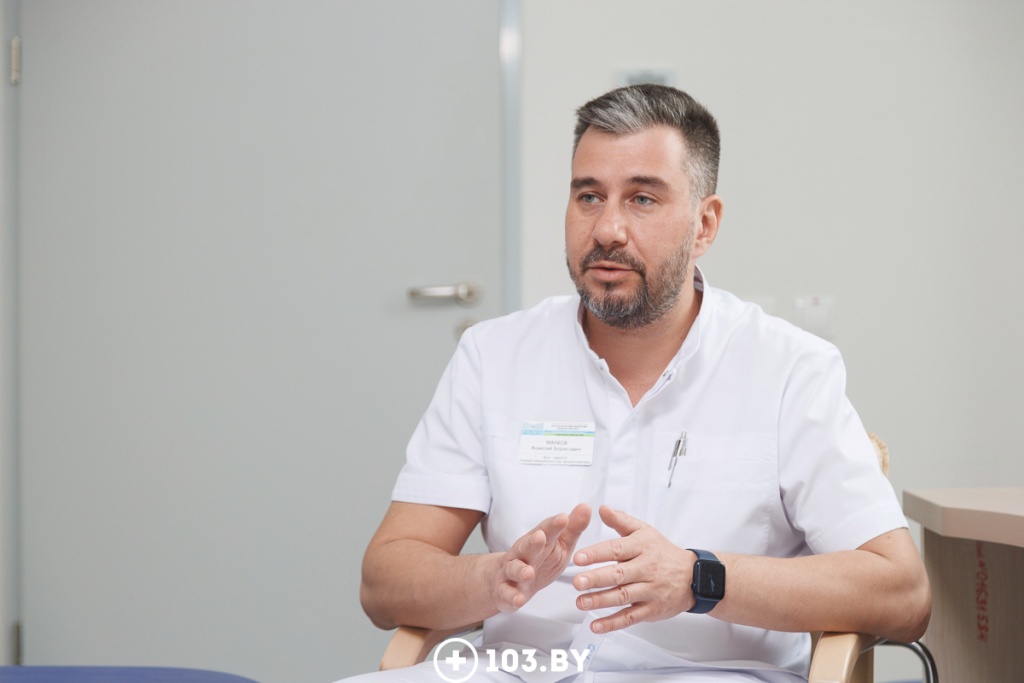
— What is botulinum toxin? What properties of the drug allow it to be used both against wrinkles and for the treatment of serious diseases?
— Botulinum toxin was originally developed for use in ophthalmology. It was used to treat strabismus: it was injected into the eye muscle, it relaxed and the eyeball returned to normal.
Later, cosmetologists decided to use the relaxing property of botulinum toxin. Injection into the right muscle allows you to “turn it off” and thus prevent wrinkles from forming.
Of course, the myorelaxing effect of botulinum toxin also attracted the attention of neurologists. Before it, only central myorelaxants - drugs that relax the muscles through the work of the brain - were used in neurology. But only botulinum toxin can relax the muscle locally. By the way, now the concept of “toxin” is no longer used, it has been replaced by “neuroprotein”.
The uniqueness of this substance is that it has no contraindications. Most drugs cannot boast of this. Abroad, it is used for pregnant women, lactating women and children. The substance does not enter the bloodstream and, accordingly, does not cause any toxic effects.
However, the safety of the drug should not be misleading. It should be understood that botulinum therapy should be performed by a highly qualified neurologist, who will select the dosage and correctly perform the injections. Only then will the procedure be effective and safe.
Botulinum therapy has been used abroad in neurology for more than 15 years. Now the procedure is also available in Belarusian medical institutions. Recently, our Ministry of Health issued instructions on the use of botulinum therapy in patients with migraine. The protocols also include the use of neuroprotein in such neurological diseases as spastic torticollis and blepharospasms.
Upon authorization of the consilium, doctors can perform botulinum therapy to treat bruxism, spasticity in patients after a stroke.
Migraine treatment with botulinum therapy
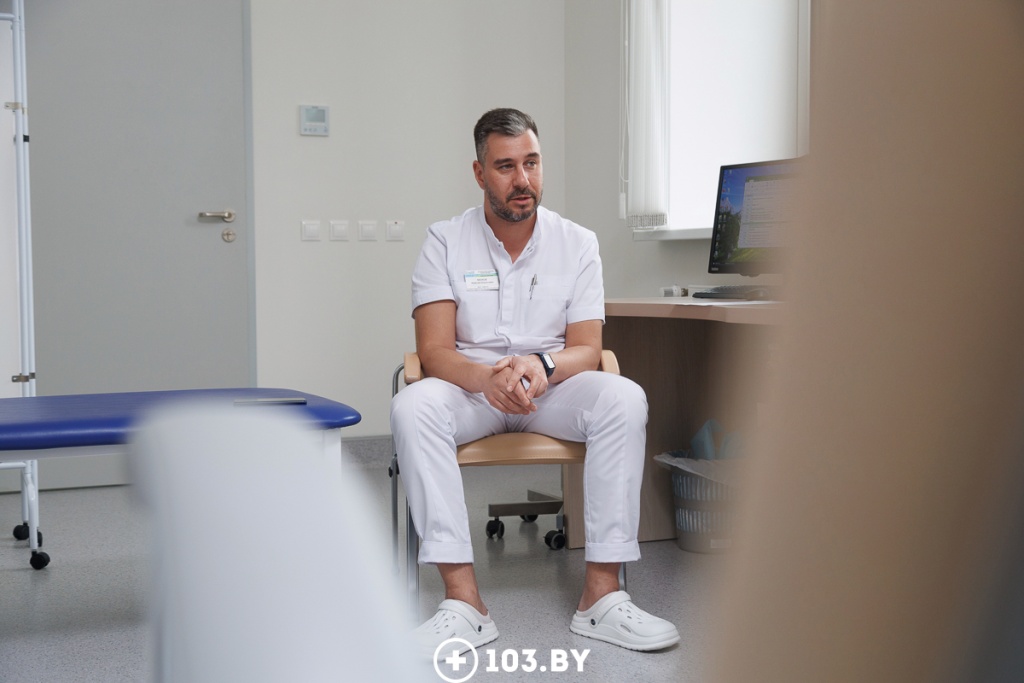
— What is the problem with treating migraine with pills?
— In migraine, the standard drugs used are anti-inflammatory painkillers, antimigraine drugs (triptans), which control the headache attack directly, and drugs that deal with the prevention of attacks: anticonvulsants, antidepressants.
Each of these drugs has its own contraindications, side effects. In addition, migraine medications provoke further migraine attacks. The more pills a person takes, the more attacks they cause in the future. This is such a vicious circle, which is called triptan addiction (abusive headache). If a patient has to take more than 4 migraine tablets per month, the therapy is not properly selected.
Migraine is believed to be untreatable, only temporarily compensable. Botulinum therapy casts doubt on this assertion. It eliminates migraine not forever, but for a long time and has an accumulative effect - I will tell you more about it.
— When should you consider botulinum therapy for migraine treatment?
— If a patient has 8 or more attacks in a month, i.e. migraine is chronic, botulinum therapy can be used. Although abroad, the migraine itself is an indication for botulinum therapy, no matter how frequent the attacks are.
— What does botulinum therapy save from seizures?
— In the case of migraine, the purpose of administering the drug is not to relax the muscles, but to disrupt central sensitization. There are certain impulses that go to the brain and trigger a migraine attack. The injection of the drug disrupts the conduction of these impulses along the nerves - and the head cannot get sick in principle.
— How does the procedure work?
— In the treatment room, a neurologist opens the drug in front of the patient and injects it into 39 specific points: in the forehead area (bonus is the smoothing of wrinkles on the forehead), back of the head, neck, etc. It is painless and an insulin needle is used. In one session, 195 units of botulinum neuroprotein are injected.
According to protocols, botulinum therapy is given 4 times every 12 weeks. Then - as needed. But there is an approach when the procedure is performed once instead of four times, because the manipulation is quite expensive. The doctor observes the patient - it may not be necessary to re-inject.
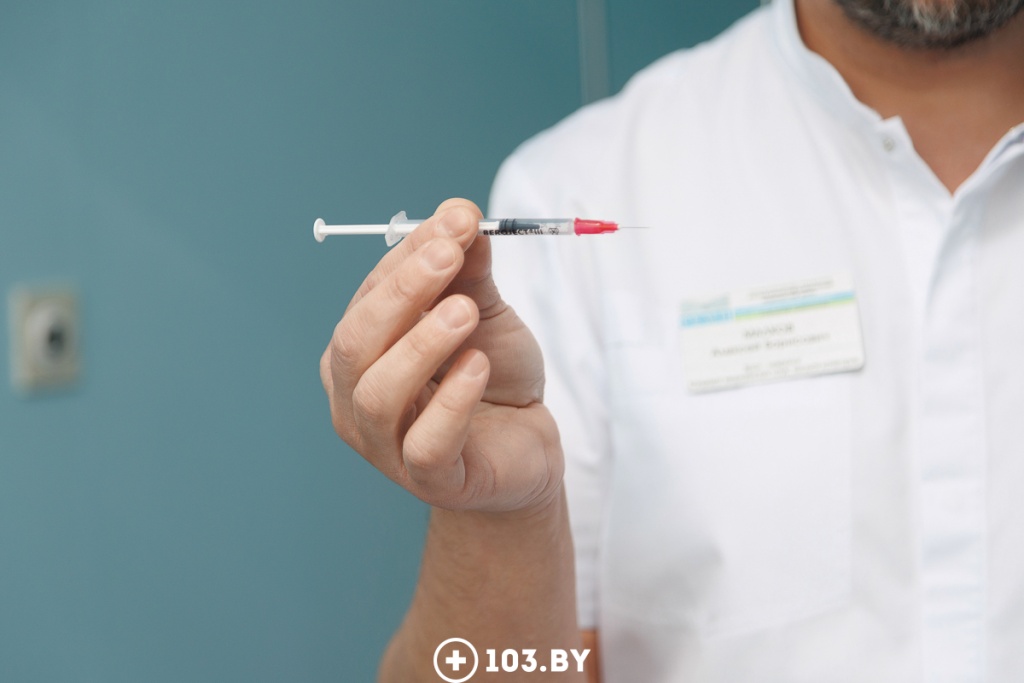
Disclosure of the drug and, consequently, the effect occurs not earlier than after 2 weeks. That is, the headache does not go away immediately.
In most medical centers, the procedure is performed on an outpatient basis, but there are facilities where it is performed on an inpatient basis. I believe this is correct: in any case, it is a complex manipulation, after which it is better to observe the patient.
No tests or preparation is required for hospitalization. Only a correct diagnosis is required, so a patient who wants to do botulinum therapy first comes for a consultation with a neurologist.
— Could there be any side effects?
— There are standard side effects, which the doctor warns about in advance: within 2 weeks, 5% of patients have a slight ptosis - drooping of the eyelid, because the drug is injected into the interbrow area. 1% of patients may have a slight subfebrile temperature. This is all normal. There are no more side effects if you follow the protocols developed: correct doses of the drug, strict adherence to the injection points, correctly performed injections.
I will say a few words about the reliability of the drug itself. Botulinum neuroprotein is available under several trade names. But only one is registered in Belarus for neurology, in particular for the treatment of migraine. It has a huge degree of protection, it is practically impossible to fake it. Neither the patient nor the doctor can buy the drug themselves. Only centralized purchases from health care institutions are possible. Thus, the possibility of counterfeiting and illegal administration of the substance is excluded.
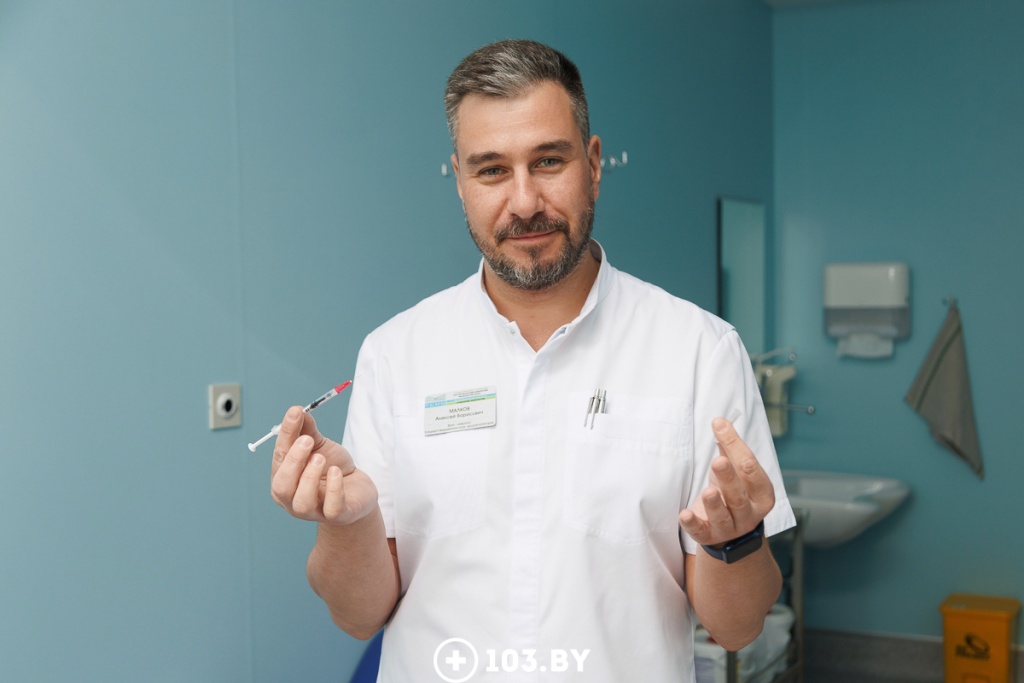
— What is the likelihood that botulinum toxin will not work and the migraine will still “break out”?
— The efficacy of the initial administration of the drug is 70-78%. At this stage, the goal is to reduce the frequency and severity of seizures.
There are patients who have had 30 attacks a month, meaning they have a headache every day. Eventually they get to 1 attack a month and take 1 pill for relief instead of 3 packs. These people are usually already happy with it and don't believe it can be any better.
As soon as sensitization resumes, the patient returns, injections are given again - and the person lives on without pain.
— How long does the effect of the therapy last?
— From 3 to 24 months varies. The instructions for the drug specify 3-6 months, but observations often show longer results.
Each subsequent course of botulinum therapy increases its effectiveness. And the doctor can reduce the dose of the drug at the next manipulation.
Treatment of bruxism with botulinum therapy
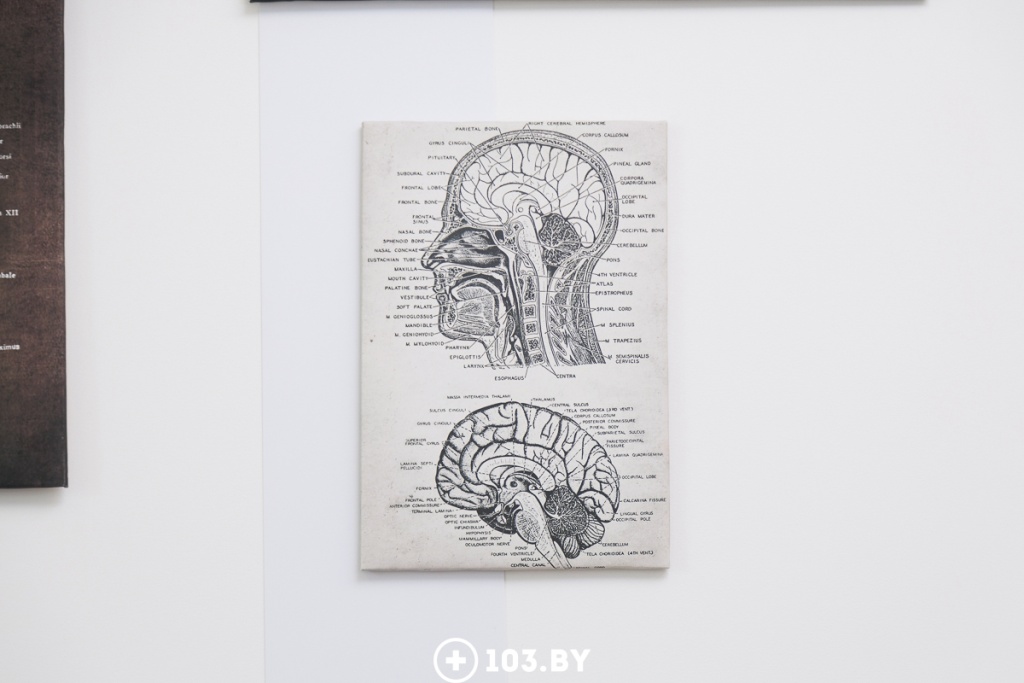
— What are the dangers of involuntary grinding of teeth in sleep?
— Due to bruxism, temporomandibular joint dysfunction, dislocations, fractures, constant inflammation, and tooth pain can occur. Therefore, it is important not to start bruxism.
— Why does it arise in the first place?
— There are 3 possible causes of grinding your teeth in your sleep (bruxism):
- psychogenic, i.e. emotionally determined (the higher a person's level of anxiety, the more severe the bruxism);
- orthodontic: a person grinds their teeth because, for example, the dentist has placed an overpriced filling or braces;
- epileptiform, when teeth grinding is triggered by paroxysms in the brain.
— How does botulinum therapy address bruxism?
— The drug is injected into the masseter muscles (masseter) and temporalis muscles - this is how weakness of the muscles is induced. If necessary, the procedure is performed under the control of ultrasound and electroneuromyograph - this is a device that can be used to find the place of the greatest muscle spasm with millimeter accuracy.
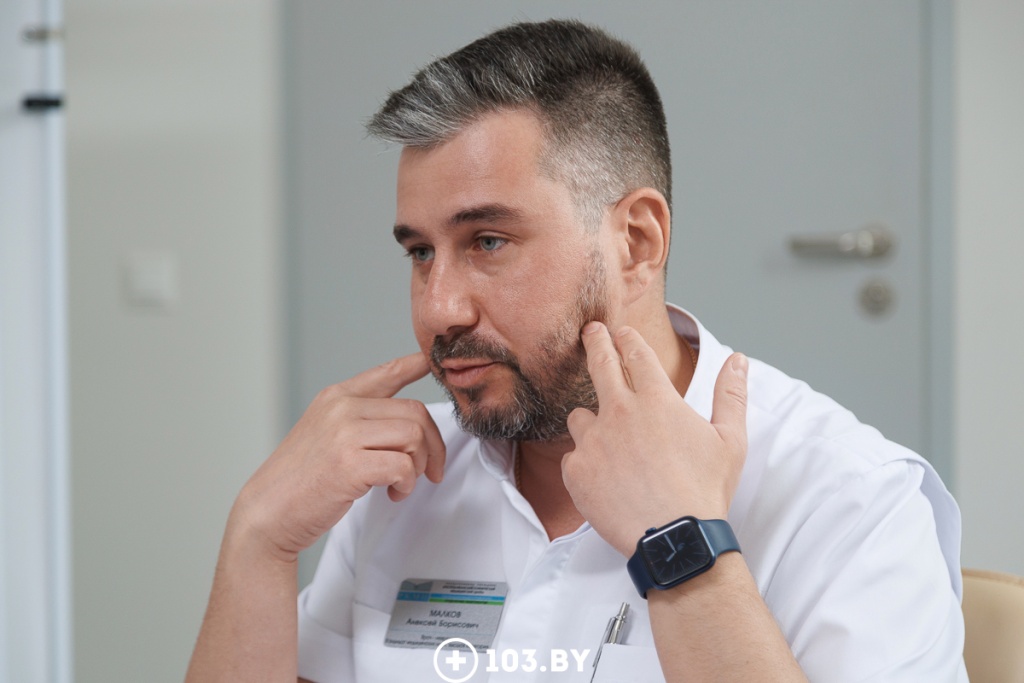
In bruxism, the dose and frequency of administration are determined individually by the doctor, so the neurologist should be experienced.
If it becomes clear that bruxism is caused by psychological reasons, the doctor selects additional therapy.
Botulinum therapy for bruxism, as I have already mentioned, in Belarus is performed according to the decision of a consilium.
— Will there be no problems with chewing food, facial expressions, and other side effects?
— In the first 2 weeks, chewing will be slightly impaired. Then the biomechanics of the jaw aligns and everything is restored.
— How long does the effect last?
— Up to a year on average. The duration of the effect depends on the drug and on the correct administration. Maximum effectiveness lasts for about 3 months.
By the way, if bruxism is caused by an orthodontic problem, it usually does not return after botulinum therapy, repeated injections are not required.
Treatment of muscular dystonias with botulinum therapy
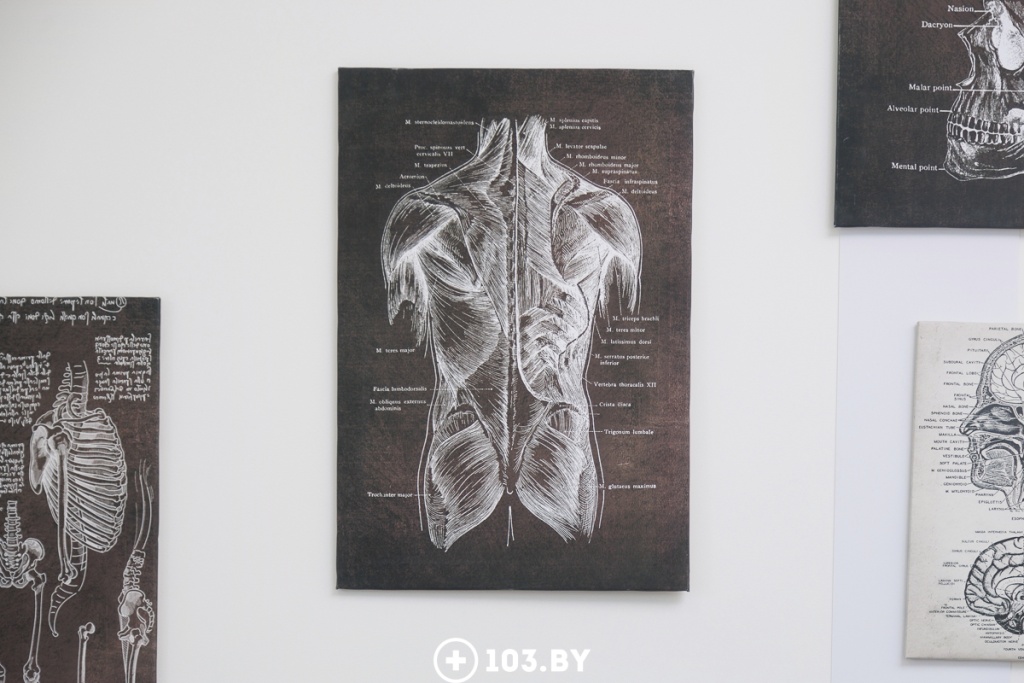
— What pathologies are related to muscular dystonias?
— Spastic torticollis, when a person's head spontaneously overstretches and they can only bring it back to normal with hand or corrective gestures.
Blepharospasm, when a person involuntarily squeezes their eyes shut. It is similar to a tic disorder, but the spasm occurs throughout the muscles.
Facial focal dystonia, when the corners of the mouth are distorted. This can occur on its own or, for example, after facial neuritis, trigeminal neuralgia.
— All of these conditions can be treated with botulinum toxin injections?
— Yes, botulinum therapy was actually started in neurology to treat muscular dystonia.
For example, after a stroke, a person's arm function is impaired. Long-term rehabilitation is needed: working with a physical therapy instructor, taking medications that remove pathological tone. In principle, the arm would work, but it remains in tone. To remove it, the arm is gradually developed. Now botulinum therapy is used for this purpose.
An injection is given into certain muscles, the spasticity goes away in 2 weeks, and the only thing left is to restore function. The patient comes to rehabilitation without spasticity and gets the effect much faster.
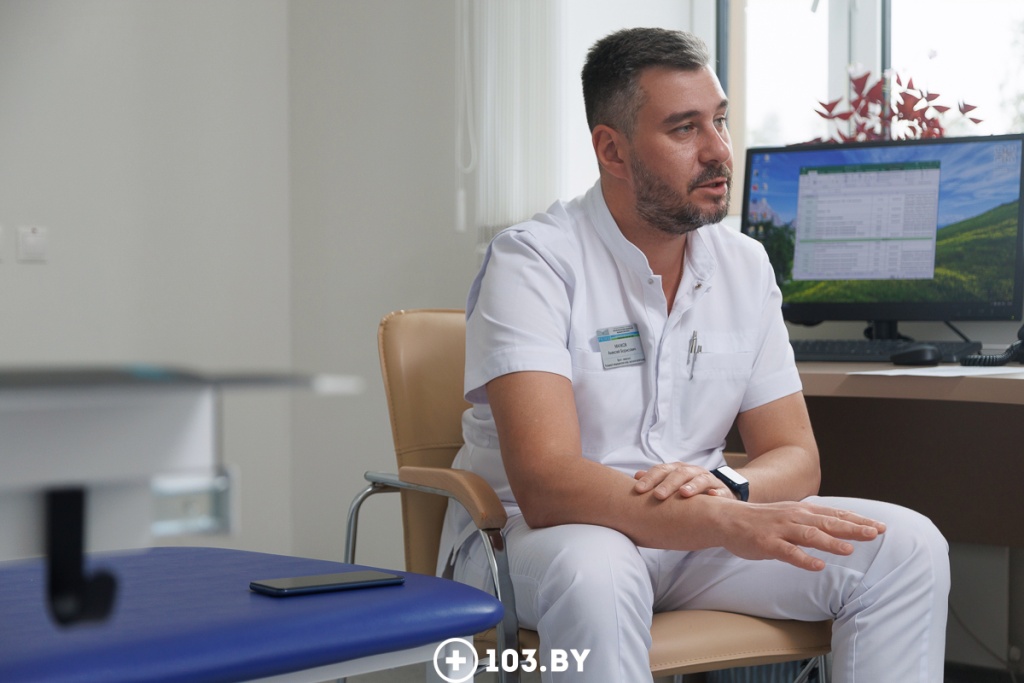
Rehabilitation appointments are huge now: 3-4 months of waiting. But thanks to botulinum therapy, rehabilitation across the country is gradually being unloaded.
— Will I have to repeat the injections?
— If the spasticity was after a stroke, it is likely that the injections will not need to be repeated. If the patient has rehabilitated, everything should be fine.
Repeated injections may be required for chronic congenital muscular dystonia.
In Belarus, injections of botulinum neuroprotein for muscular dystonias can be given free of charge in a state medical institution. The only thing is that you will have to wait, as there is a waiting list. Sometimes the waiting time is long.

Interviewer: Christina Goloviychuk
Photo: Alexander Zadorin



